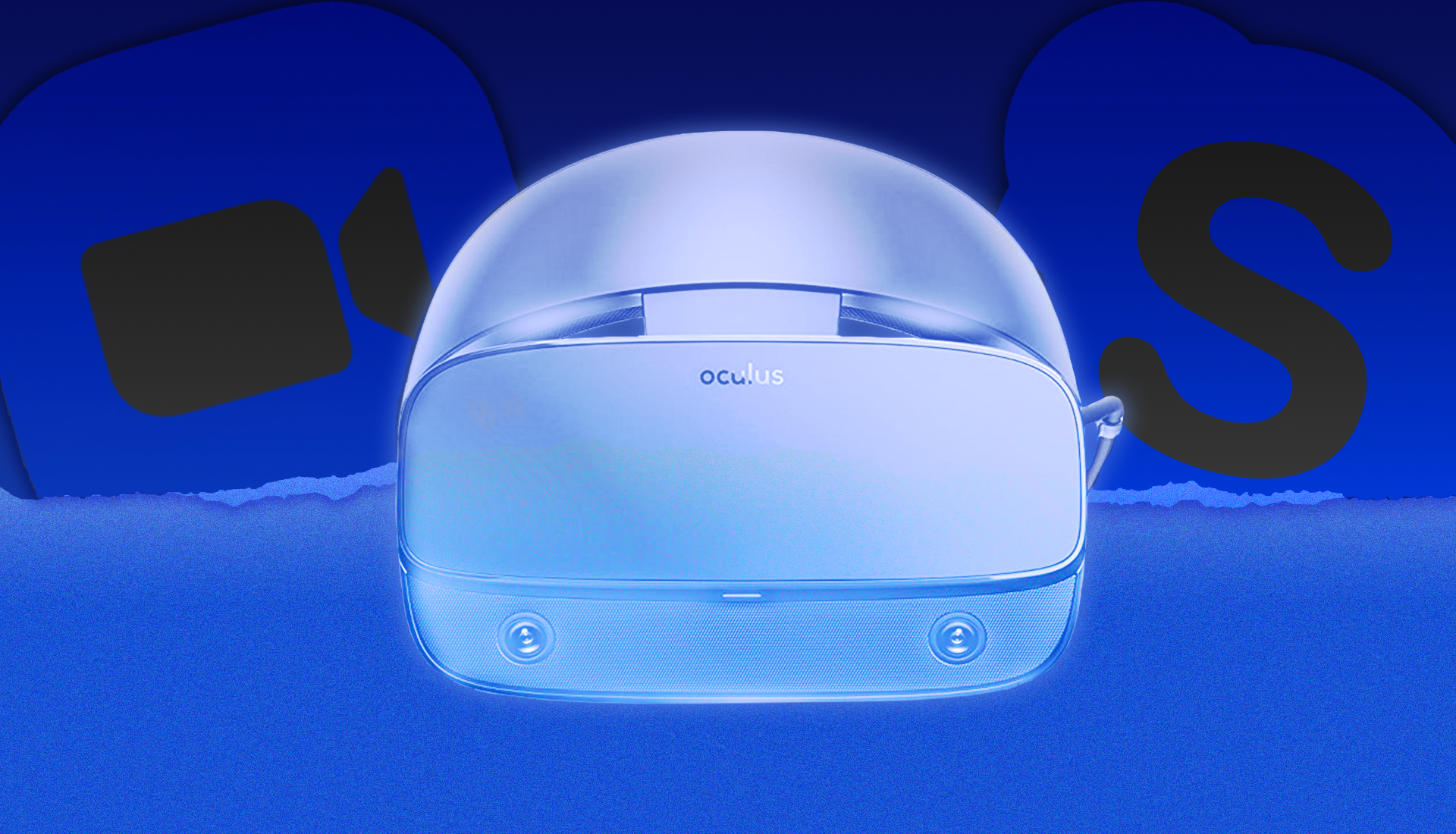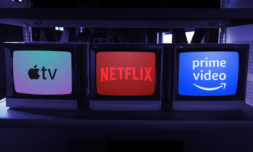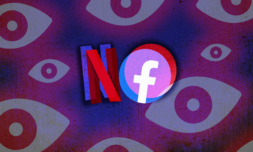Are virtual reality meetings the next logical step from videocalls in a post Covid world?
While the coronavirus pandemic has decimated certain job markets, it has inspired tech companies to innovate and keep businesses thriving from a remote setting. In a radically shifting 12 months, we’ve adapted into something of a Zoom-centric society where people are accustomed to living out something close to their ordinary lives through the guise of online platforms.
With record spikes in digital subscriptions, ecommerce, and gaming, we’re now consuming more digital media than ever before and the line between convenience and technology is constantly being blurred. Where once the prospect of week at home filled with online workout routines, medical appointments, shopping, and evening socialising would’ve been considered farfetched and a little unnerving, in 2020 it has become the new normal.
We’ve utilised technology to keep on keeping on in the best way possible, but a number of savvy start-ups are looking to up the ante further. Social distancing rules are still in place (vague as they may be) and people are looking for more personal and efficient ways of communicating remotely for both work and play. The consensus within the industry is that the answers reside within AR and VR technology.
Tech engineering firm Spatial have likened the current video-call experience to feeling like a ‘box in a grid,’ and are pioneering bold concepts to take virtual meetings to the next level. To date, AR has largely been used to create novel gaming experiences like Pokémon Go and goofy selfie filters for social media platforms, but Spatial envisions a time in which we won’t be manifesting showering frogs, or T-Rexes into our living spaces, but realistic avatars of our friends, families, and co-workers.
Described as the Google Docs of augmented reality, the Spacial app uses machine learning to turn a single photo into a digital 3D model operable from the waist up using hand tracking integration – while mimicking face and lip movements with AI. From here, users can join meeting rooms and interact with others freely, bringing digital assets into the space such as videos or product designs to be viewed and manipulated by everyone.
You’d be right in thinking the results can be a little freaky and a lot funny… I dread to think how many dabs will be performed a month into launch. However, those lucky enough to try it will quickly fall into a sense of uncanny valley, with the technology offering up a world that feels a little realer than Zoom, but far less whimsical than a game.




















